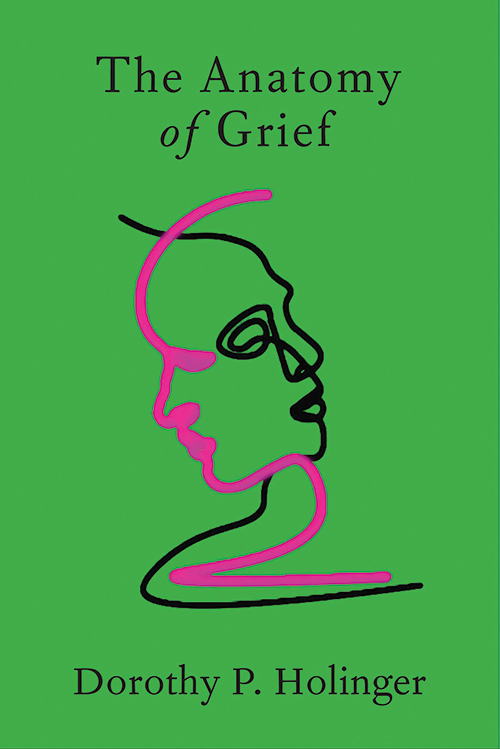
The Anatomy of Grief
Reviewed by Brad Sheeks
November 1, 2021
By Dorothy P. Holinger. Yale University Press, 2020. 328 pages. $27.50/hardcover or eBook.
I can’t believe it is one’s first thought when disaster strikes—for example, on hearing that a family member died alone on a ventilator in the hospital. Imagine standing near the rubble of the condo building that fell down in Surfside, Fla., in June, as someone remembers that phone call last night to a family member on the tenth floor.
What happens when we are thrust into grief? Dorothy Holinger’s book helps us understand the physical impact of grief. This book is a deep dive into what’s going on in our bodies, in our brain’s frontal lobe, in the limbic system. Is it true that our hearts can be broken? What’s going on in the body when one is stunned into silence and can only scream out or be overcome with sobbing? We can feel compelled to obsessively repeat our story, as when Jacqueline Kennedy emerged from her stunned silence on that terrible November day in 1963, and repeatedly told people on the flight from Dallas to Washington, D.C., what happened in the car when those shots were fired.
Holinger brings a lifetime of experience as a psychologist to the question of how unattended grief can damage our health. She goes on to reassure us that in facing our pain, we can heal and recover. She taught at Harvard Medical School for many years and is a Fellow of the Association for Psychological Science. Holinger offers a look at the damage done by grief to our mental and physical health, such as depression and anxiety along with physical symptoms. Furthermore, there is evidence of grief having an effect on our immune system, placing us at increased risk of illness. The stress of grief can show itself in the oddest of ways. Holinger tells the story of a client who was suffering a hearing impairment that had no physiological basis. It was not until this young mother faced the pain of no longer being able to hear her daughter’s laughter that she recovered her full hearing.
Holinger goes into detail about the various forms of grief, including ambiguous grief: suffered, for example, when a missing body is never recovered. We have anticipatory grief when someone is slowly dying from a degenerative condition. Disenfranchised grief is suffered, often by children, when a sibling dies of suicide and their name is never spoken in the house. You are in the presence of chronic grief when someone tells of a painful loss with raw emotion as if it were last week. Another form of grief is called complicated (or prolonged) grief, when one keeps a departed person’s room or belongings just as they were. Exaggerated (or excessive) grief is when someone says, “If only I had . . . he wouldn’t have died.”
The painful reality of the new situation intrudes. Our circumstances have changed. A loved one has died. We’ve lost the language of our shared life and a new way of talking must be learned, changing verbs from present to past tense. We grope for words to express our grief—words like “abandoned,” “adrift,” “bereft,” “deprived,” “desolate,” “destroyed,” “devastated,” “robbed.” None of them work very well, and all are unwelcome.
The last section of Holinger’s book is simply titled, “Lost Loved Ones.” She writes about her mother’s death and her own working through the issues associated with her grief, so that she got to the place where her image of her mother became a source of strength for her. She quotes Charles Darwin, “We have lost the joy of the household,” to open her chapter on grieving the death of a child.
Holinger concludes The Anatomy of Grief with this metaphor: “Can grief, with its gray, leaden nature, truly become ennobled as joy and changed into gold?” Her answer is encouraging, affirming that we can confront the pain of our loss and move on to seeing life and reality in new ways, finding ourselves healed and more enabled to live life fully, each day.
Brad Sheeks is a member of Newtown (Pa.) Meeting. A retired co-leader (with Pat McBee) of the Friends General Conference Couple Enrichment Program, he also is retired from hospice nursing.


